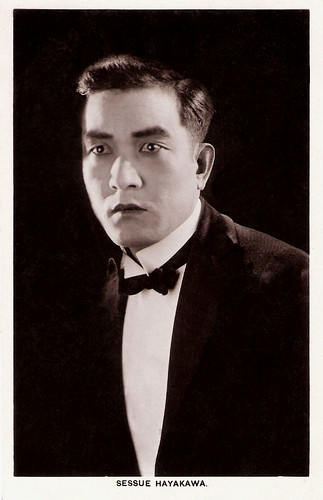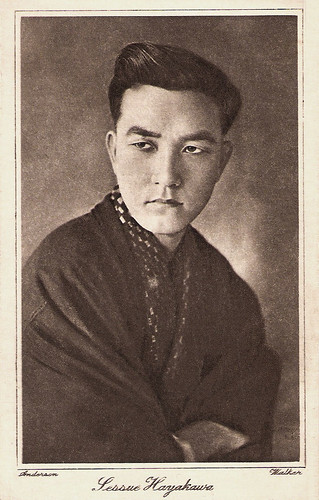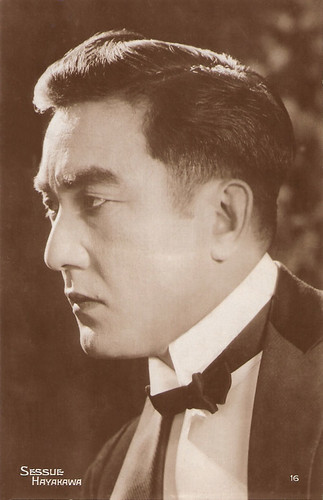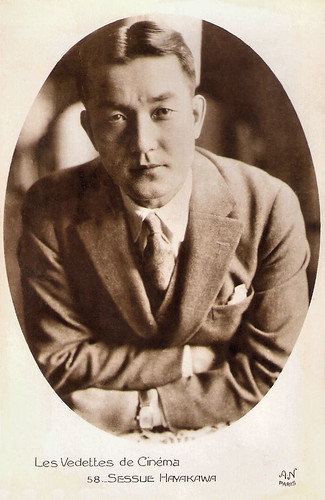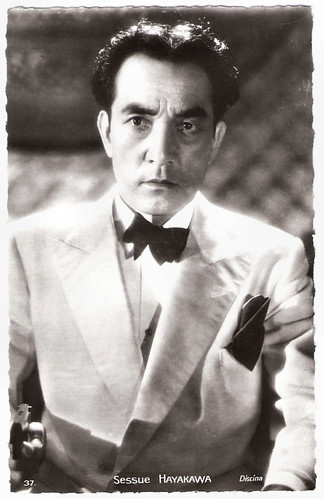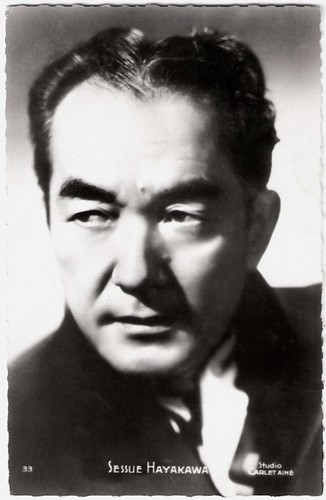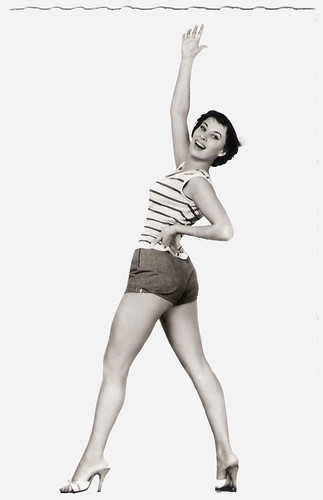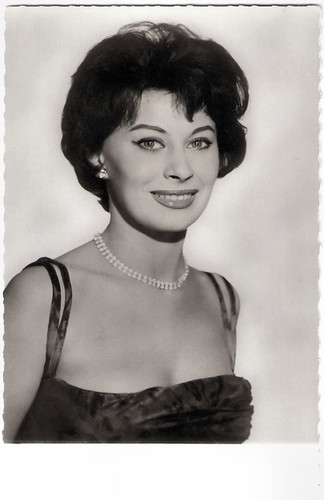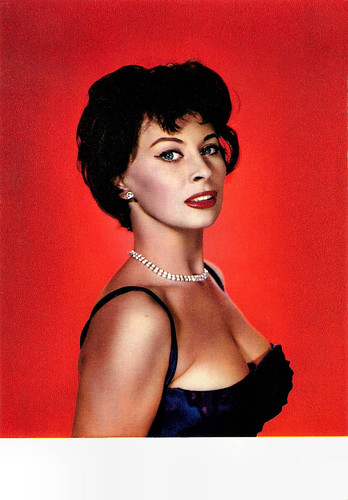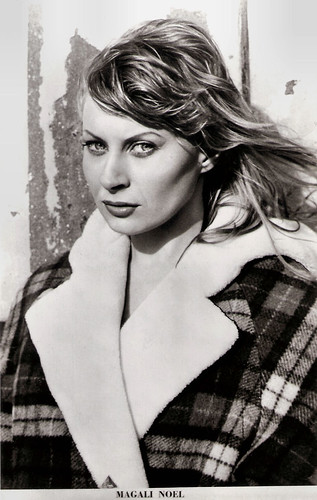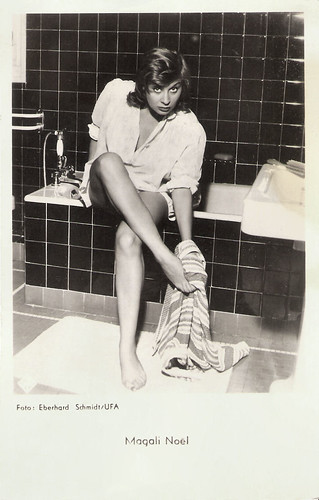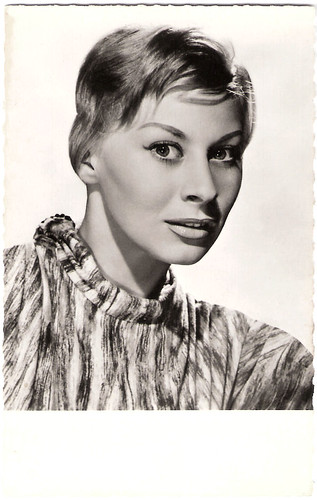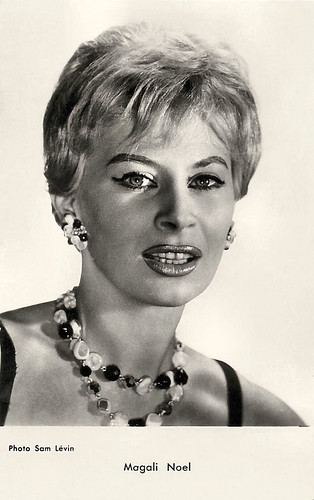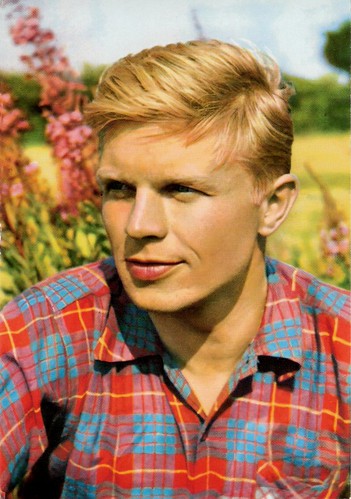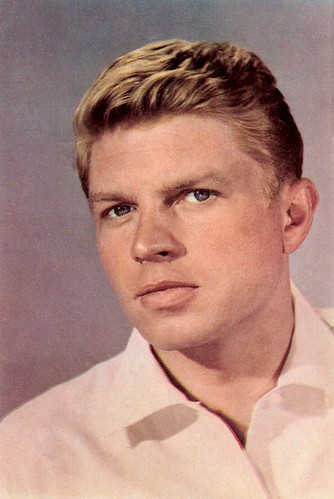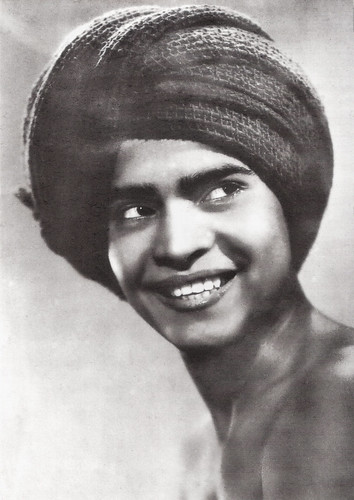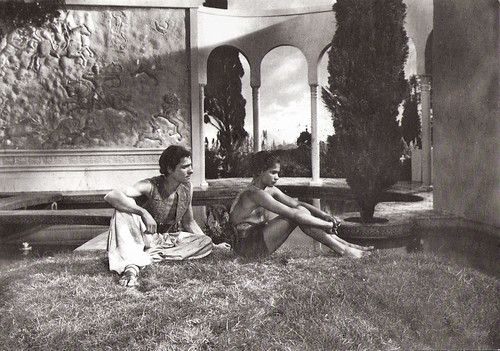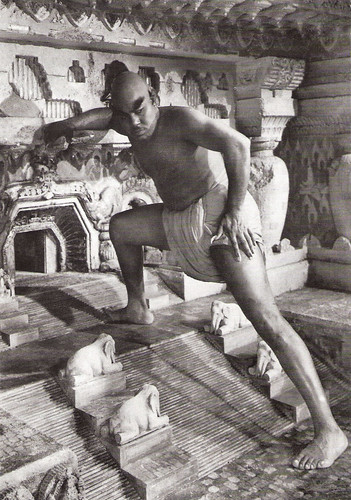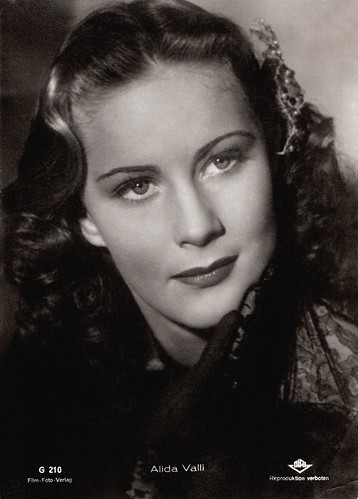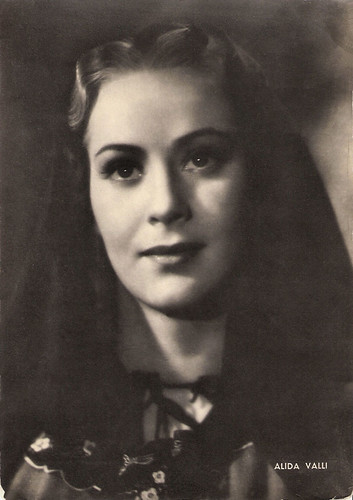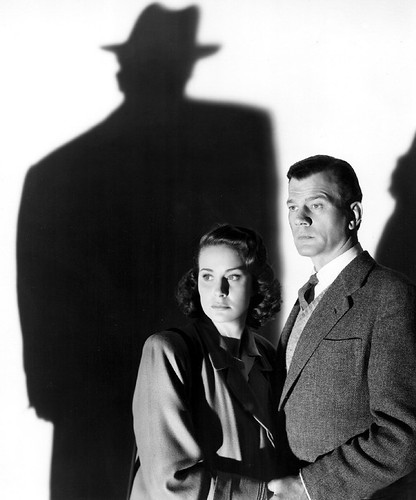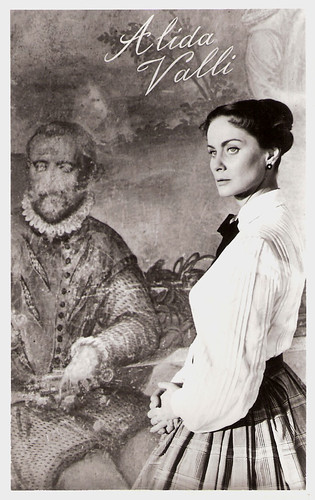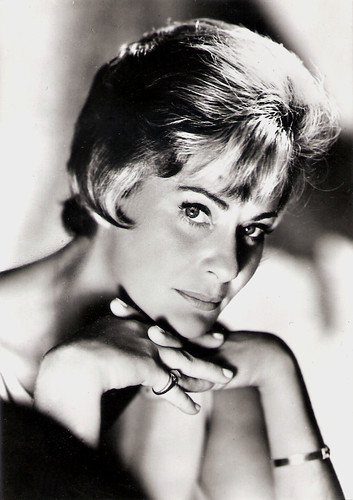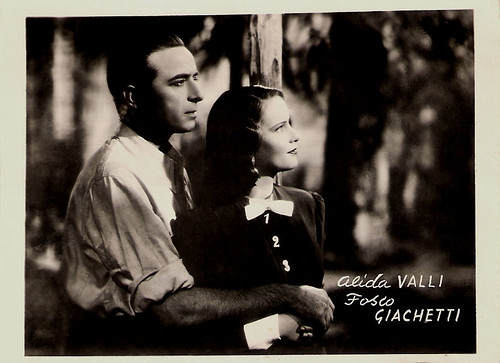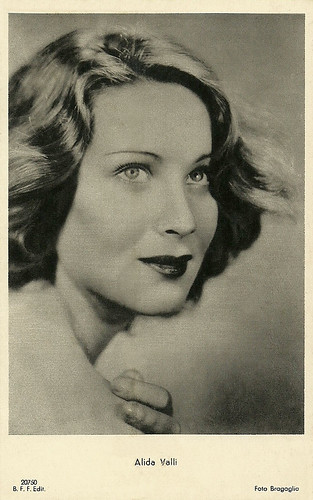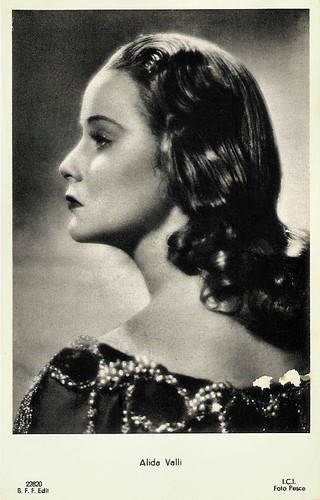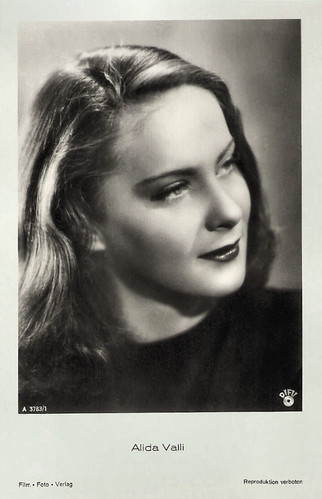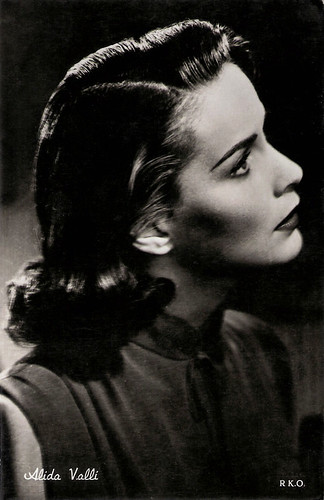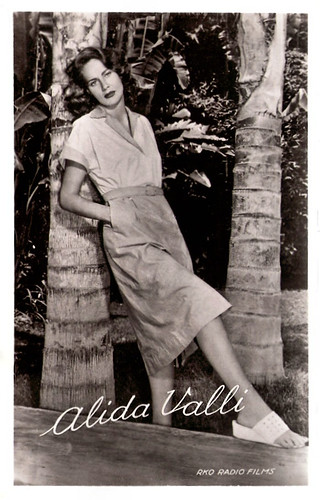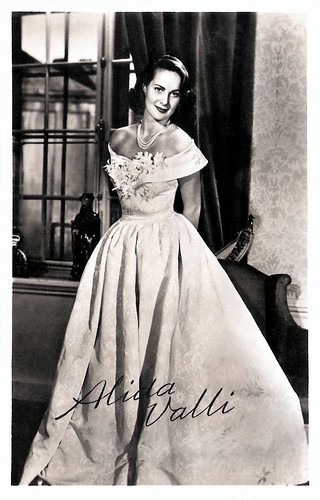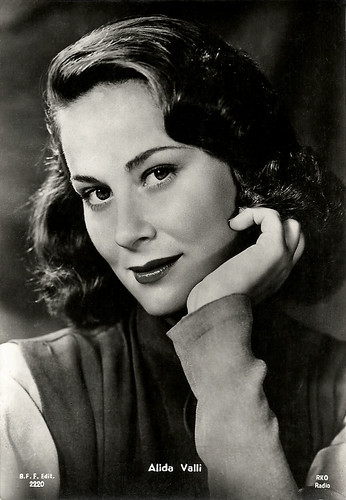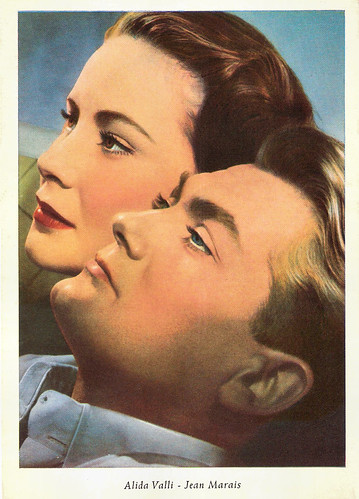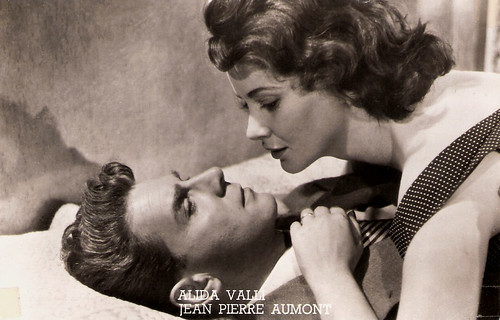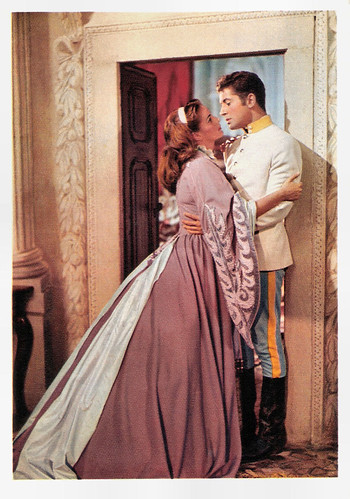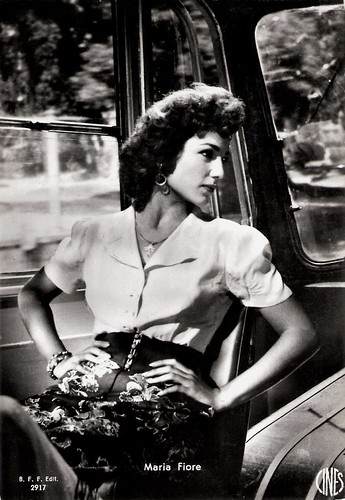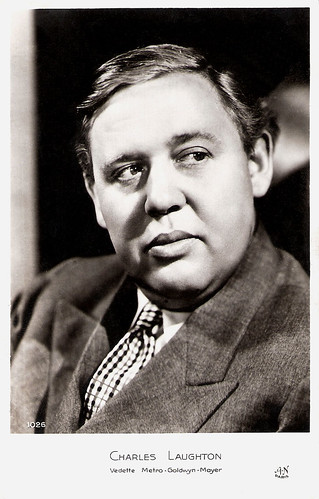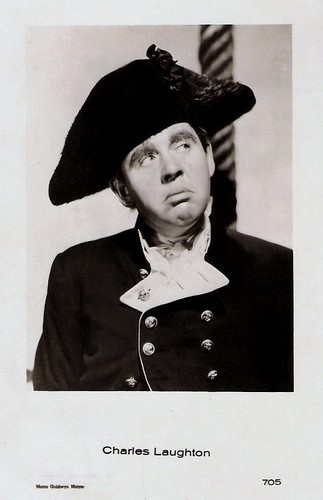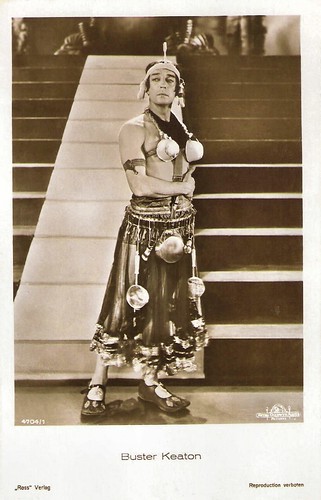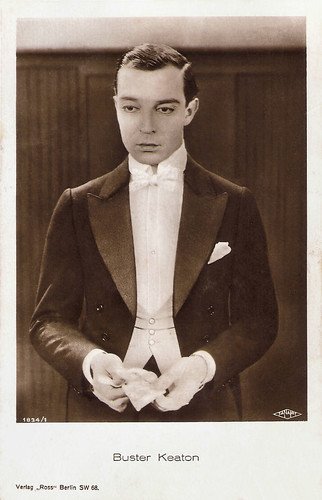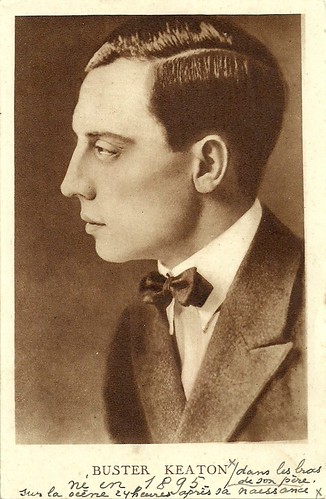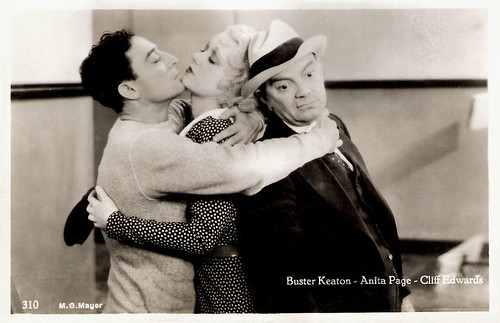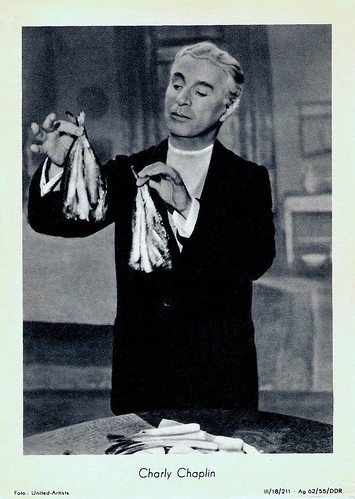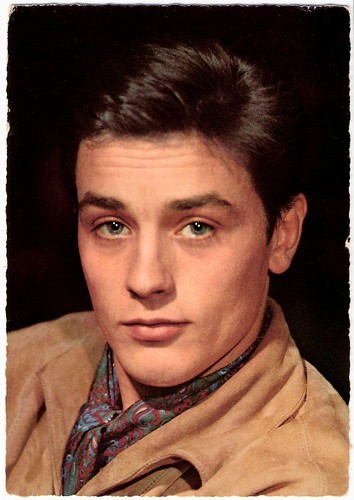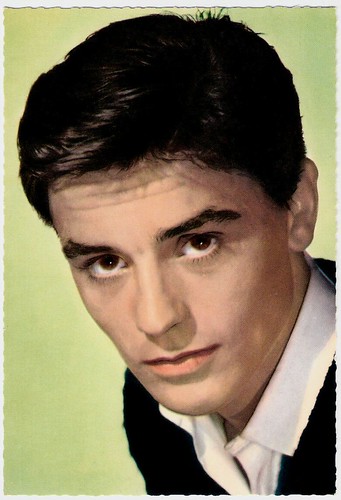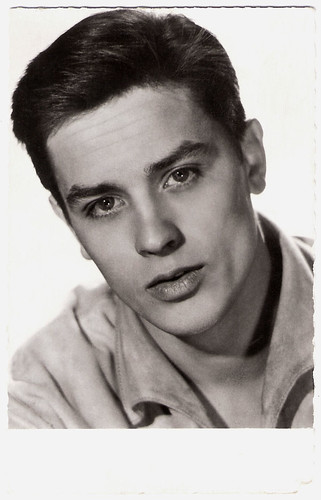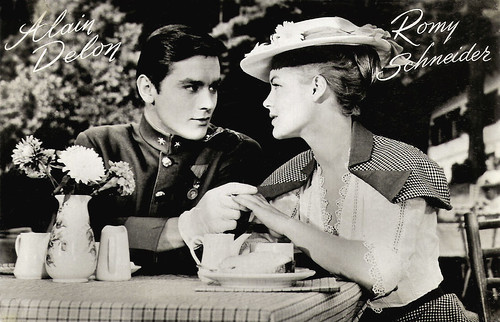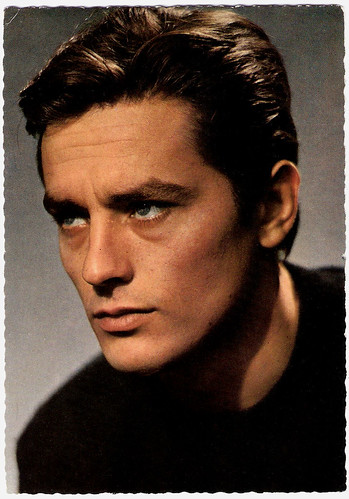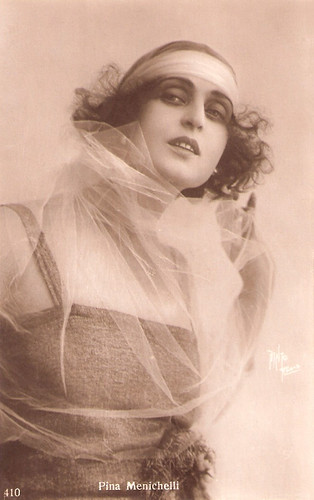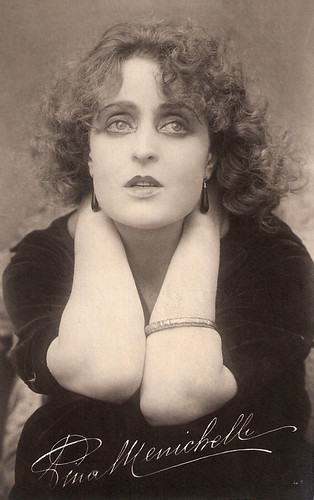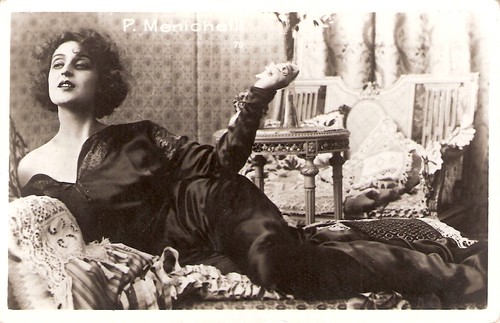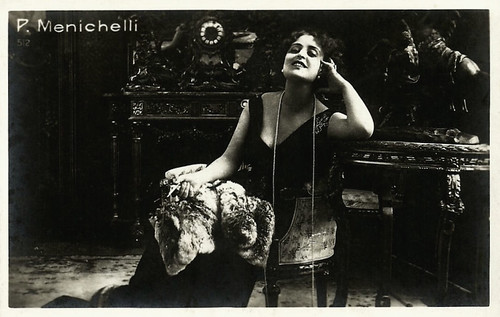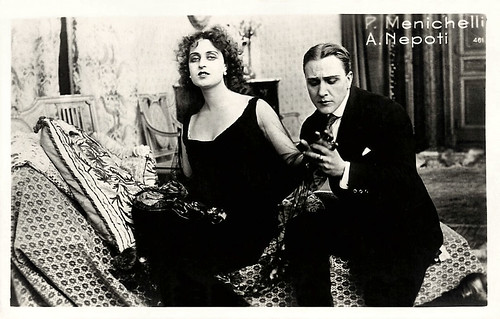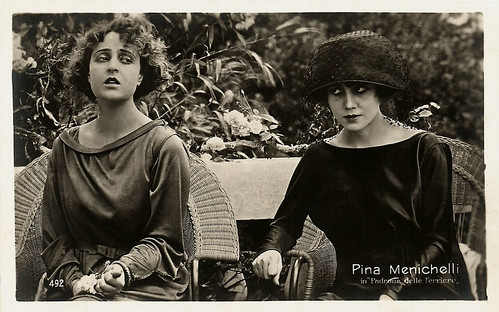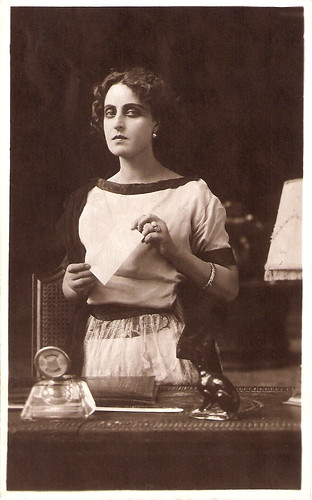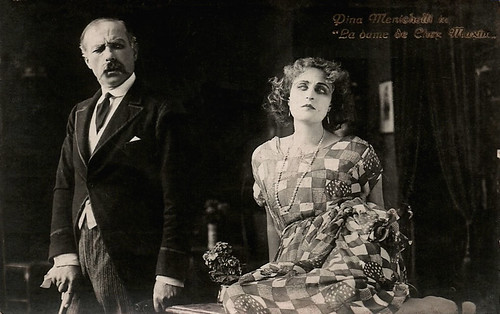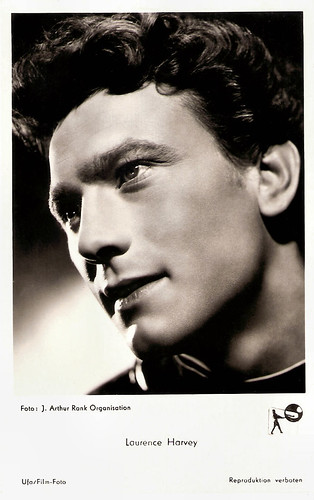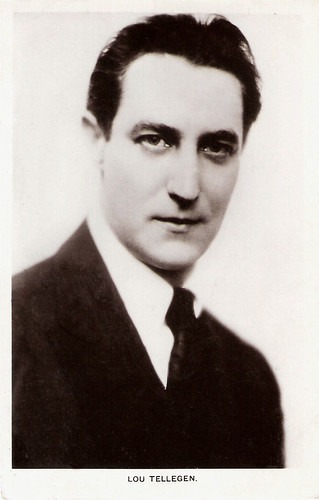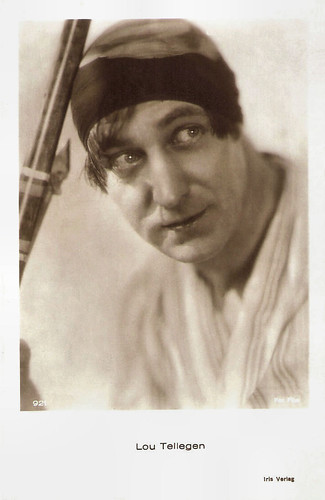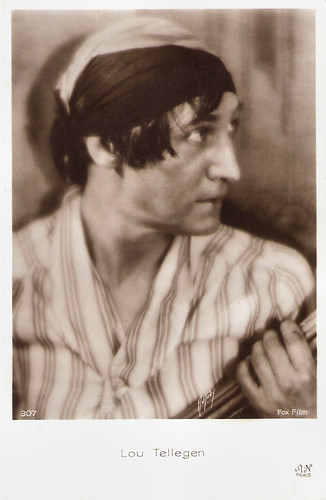German actor Heiner Lauterbach (1953) had his breakthrough in the landmark comedy Männer…/Men… (Doris Dörrie, 1985) and continued to appear in more than 100 films and TV productions. He was also often the German voice for Richard Gere and Jack Nicholson.
![Heiner Lauterbach]()
German autograph card.
Heiner Lauterbach was born in Köln (Cologne), Germany, in 1953.
He started his career in 1975 and had small parts in sex comedies like Schulmädchen-Report 9: Reifeprüfung vor dem Abitur/When Girls Make Love (Walter Boos, 1975). He also appeared in several German TV shows like the Krimi Derrick (1978-1979).
Lauterbach had his breakthrough in the landmark comedy Männer…/Men… (Doris Dörrie, 1985). A successful, womanizing middle-aged man (Lauterbach) decides to move out of the house he shares with his wife after she confesses to having an affair. He looks for a new place to live and ends up moving into his wife's lover's (Uwe Ochsenknecht) apartment as a roommate. For his role Lauterbach won the Bundesfilmpreis (West-Germany’s national film award). Männer… was chosen as West Germany's official submission to the 59th Academy Awards for Best Foreign Language Film, but did not manage to receive a nomination.
He also appeared in Dörrie’s comedy Paradies/Paradise (Doris Dörrie, 1986) starring Katharina Thalbach. He got a leading role in the European television crime TV-series Eurocops (1988-1992), a co-production between seven European TV stations. He also played the title role in the TV film Ignaz Semmelweis - Arzt der Frauen/Ignaz Semmelweis - Doctor of women (Michael Verhoeven, 1989).
Next followed the German children's film Charlie & Louise – Das doppelte Lottchen/Charlie & Louise (Joseph Vilsmaier, 1994), co-starring with Corinna Harfouch as the parents of the twins of the title. The film is of course an adaptation of the famous novel Das doppelte Lottchen (The double Lottie) by Erich Kästner.
Lauterbach had a supporting part in the comedy Das Superweib/The Superwife (Sönke Wortmann, 1996) with Veronica Ferres and Til Schweiger. He starred in the TV film Opernball/Opera Ball (Urs Egger, 1998) in which thousands of people are killed in a Neo-Nazi terrorist attack taking place during the Vienna Opera Ball. The film also starred Franka Potente, Richard Bohringer, and Gudrun Landgrebe.
![Heiner Lauterbach]()
German postcard.
![Heiner Lauterbach]()
German promotion card for Laudier.
Heiner Lauterbach played Ufa-producer Erich Pommer in the biopic Marlene (Joseph Vilsmaier, 2000) starring Katja Flint as Marlene Dietrich. He reunited with director Doris Dörrie for Erleuchtung garantiert/Enlightenment Guaranteed (Doris Dörrie, 2002). The film is often seen as a sequel of sorts to Männer…/Men… (Doris Dörrie, 1985) with the same starring actors (albeit as different characters) and a similar existential storyline, and was sometimes billed as such.
In 2005 Lauterbach made his debut as a director with the TV comedy Andersrum/Other way. He had a leading role in the prestigious television film Dresden (Roland Suso Richter, 2006), set during the bombing of Dresden in World War II. The €10 million production was shot on original locations in Dresden and Chemnitz. A cinema version was released in 2010.
Lauterbach is considered Germany's best paid television actor, earning 15,000 euro per day. Another prestige picture was the Russian action war drama Stalingrad (Russian: Сталинград) (Fedor Bondarchuk, 2013), the first Russian film produced using the IMAX format. Reception of the film was mixed. It was praised for stunning visuals, sound editing, music, and acting, but at the same time criticized for direction and melodramatic plot. However, it was a huge box office hit in Russia, earning a total of US $51,700,000.
Heiner Lauterbach is also the German voice for several American actors, including Richard Gere, Jack Nicholson, Christopher Walken, Kevin Costner and Christopher Reeve. Lauterbach was married between 1985 and 2001 to German actress Katja Flint who is the mother of his son Oscar (1988). During the late 1990s he had a relationship with actress Jenny Elvers. Since 2001 he has been married to Viktoria Skaf. They have two children: Maya (2002) and Vito (2007).
His autobiography Nichts ausgelassen! (Nothing left out) gained a lot of media attention. He described his life "as an orgy" and wrote openly about his affairs and drug addiction. Heiner Lauterbach resides on Lake Starnberg, Bavaria with his family.
![Heiner Lauterbach]()
German postcard.
Scene from Männer…/Men… (Doris Dörrie, 1985). Source: wps1712 (YouTube).
Sources: Wikipedia (English and German) and IMDb.

German autograph card.
Men...
Heiner Lauterbach was born in Köln (Cologne), Germany, in 1953.
He started his career in 1975 and had small parts in sex comedies like Schulmädchen-Report 9: Reifeprüfung vor dem Abitur/When Girls Make Love (Walter Boos, 1975). He also appeared in several German TV shows like the Krimi Derrick (1978-1979).
Lauterbach had his breakthrough in the landmark comedy Männer…/Men… (Doris Dörrie, 1985). A successful, womanizing middle-aged man (Lauterbach) decides to move out of the house he shares with his wife after she confesses to having an affair. He looks for a new place to live and ends up moving into his wife's lover's (Uwe Ochsenknecht) apartment as a roommate. For his role Lauterbach won the Bundesfilmpreis (West-Germany’s national film award). Männer… was chosen as West Germany's official submission to the 59th Academy Awards for Best Foreign Language Film, but did not manage to receive a nomination.
He also appeared in Dörrie’s comedy Paradies/Paradise (Doris Dörrie, 1986) starring Katharina Thalbach. He got a leading role in the European television crime TV-series Eurocops (1988-1992), a co-production between seven European TV stations. He also played the title role in the TV film Ignaz Semmelweis - Arzt der Frauen/Ignaz Semmelweis - Doctor of women (Michael Verhoeven, 1989).
Next followed the German children's film Charlie & Louise – Das doppelte Lottchen/Charlie & Louise (Joseph Vilsmaier, 1994), co-starring with Corinna Harfouch as the parents of the twins of the title. The film is of course an adaptation of the famous novel Das doppelte Lottchen (The double Lottie) by Erich Kästner.
Lauterbach had a supporting part in the comedy Das Superweib/The Superwife (Sönke Wortmann, 1996) with Veronica Ferres and Til Schweiger. He starred in the TV film Opernball/Opera Ball (Urs Egger, 1998) in which thousands of people are killed in a Neo-Nazi terrorist attack taking place during the Vienna Opera Ball. The film also starred Franka Potente, Richard Bohringer, and Gudrun Landgrebe.

German postcard.

German promotion card for Laudier.
Life as an orgy
Heiner Lauterbach played Ufa-producer Erich Pommer in the biopic Marlene (Joseph Vilsmaier, 2000) starring Katja Flint as Marlene Dietrich. He reunited with director Doris Dörrie for Erleuchtung garantiert/Enlightenment Guaranteed (Doris Dörrie, 2002). The film is often seen as a sequel of sorts to Männer…/Men… (Doris Dörrie, 1985) with the same starring actors (albeit as different characters) and a similar existential storyline, and was sometimes billed as such.
In 2005 Lauterbach made his debut as a director with the TV comedy Andersrum/Other way. He had a leading role in the prestigious television film Dresden (Roland Suso Richter, 2006), set during the bombing of Dresden in World War II. The €10 million production was shot on original locations in Dresden and Chemnitz. A cinema version was released in 2010.
Lauterbach is considered Germany's best paid television actor, earning 15,000 euro per day. Another prestige picture was the Russian action war drama Stalingrad (Russian: Сталинград) (Fedor Bondarchuk, 2013), the first Russian film produced using the IMAX format. Reception of the film was mixed. It was praised for stunning visuals, sound editing, music, and acting, but at the same time criticized for direction and melodramatic plot. However, it was a huge box office hit in Russia, earning a total of US $51,700,000.
Heiner Lauterbach is also the German voice for several American actors, including Richard Gere, Jack Nicholson, Christopher Walken, Kevin Costner and Christopher Reeve. Lauterbach was married between 1985 and 2001 to German actress Katja Flint who is the mother of his son Oscar (1988). During the late 1990s he had a relationship with actress Jenny Elvers. Since 2001 he has been married to Viktoria Skaf. They have two children: Maya (2002) and Vito (2007).
His autobiography Nichts ausgelassen! (Nothing left out) gained a lot of media attention. He described his life "as an orgy" and wrote openly about his affairs and drug addiction. Heiner Lauterbach resides on Lake Starnberg, Bavaria with his family.

German postcard.
Scene from Männer…/Men… (Doris Dörrie, 1985). Source: wps1712 (YouTube).
Sources: Wikipedia (English and German) and IMDb.







































